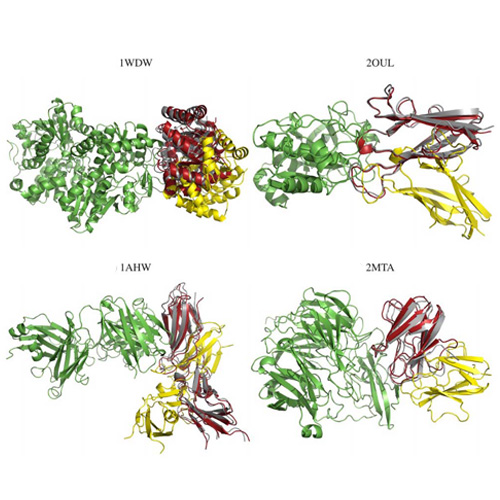iATTRACT: Simultaneous global and local interface optimization for protein–protein docking refinement
18-Dec-2014
Proteins, 2014, DOI: 10.1002/prot.24728, Volume 83, Issue 2, pages 248–258 published on 18.12.2014
Proteins: Structure, Function, and Bioinformatics, online article
Proteins: Structure, Function, and Bioinformatics, online article
Protein-protein interactions are abundant in the cell but to date structural data for a large number of complexes is lacking. Computational docking methods can complement experiments by providing structural models of complexes based on structures of the individual partners. A major caveat for docking success is accounting for protein flexibility. Especially, interface residues undergo significant conformational changes upon binding. This limits the performance of docking methods that keep partner structures rigid or allow limited flexibility. A new docking refinement approach, iATTRACT, has been developed which combines simultaneous full interface flexibility and rigid body optimizations during docking energy minimization. It employs an atomistic molecular mechanics force field for intermolecular interface interactions and a structure-based force field for intramolecular contributions. The approach was systematically evaluated on a large protein-protein docking benchmark, starting from an enriched decoy set of rigidly docked protein–protein complexes deviating by up to 15 Å from the native structure at the interface. Large improvements in sampling and slight but significant improvements in scoring/discrimination of near native docking solutions were observed. Complexes with initial deviations at the interface of up to 5.5 Å were refined to significantly better agreement with the native structure. Improvements in the fraction of native contacts were especially favorable, yielding increases of up to 70%.











